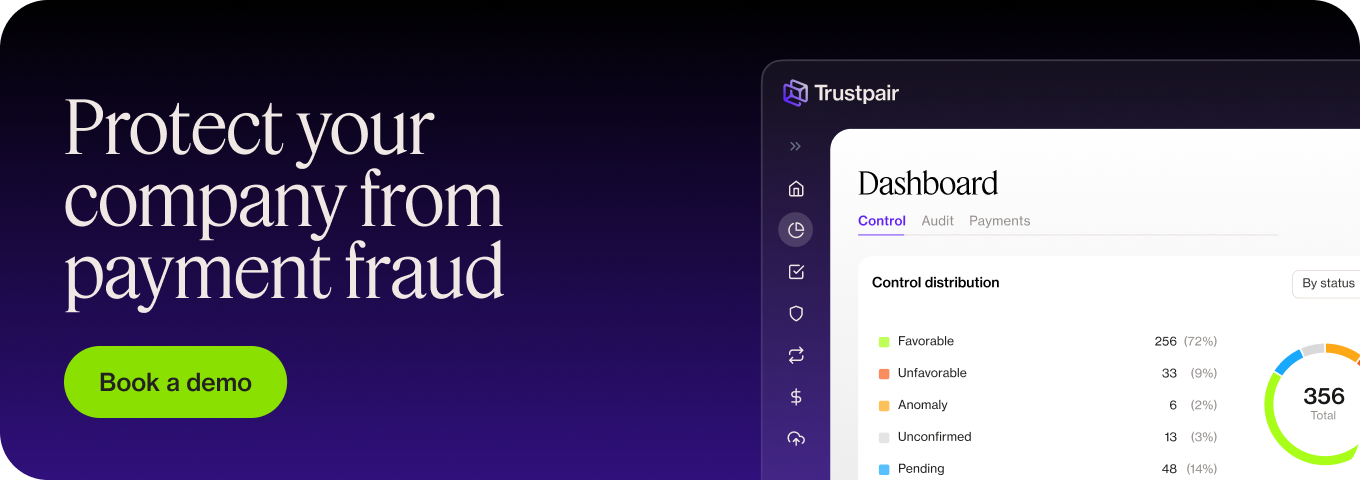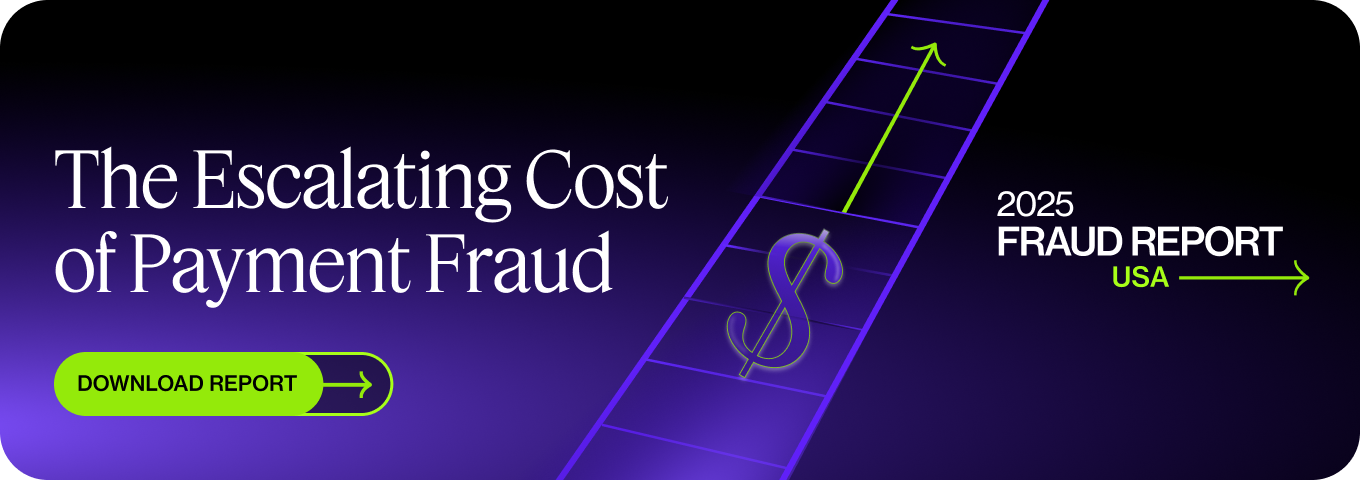Summertime is a fraudster’s dream. Why? Because companies tend to be less cautious and thorough when it comes to fraud prevention. On top of that, time off and remote work make it easier for fraudsters to break into the payment chain without anyone noticing. In fact, most of the successful frauds are committed during off-peak periods like lunch breaks, weekends, or summer holidays and 50% of US companies report a spike in payment fraud during summer break.
So, how can you protect your company against holiday season fraud? What security measures should you set up to avoid the dramatic outputs of fraud events? How to make sure no one validates a vendor change request while you’re out snorkeling? Discover 5 safe tips in this article
Tip 1: Make fraud awareness the top priority of the holiday season
The holiday season shouldn’t mean less caution, quite the opposite! It’s critical that all staff are well informed about fraud risks and the way scammers operate.
The best way to do that? Actively communicate about fraud risks and offer additional training to the employees that are the most involved in the payment chain. You can also send fake phishing emails during that period. This will help you assess the level of awareness of your staff and respond with appropriate measures.
Tip 2: Don’t miss the red flags
Scammers often use similar techniques and patterns. Some signs should alert you right away. Here are some examples of suspicious activity:
- You’re contacted by unknown sendings or someone whose email address is very similar to another of your partner’s address.
- You receive an email – or text messages – filled with grammar or syntax mistakes and amateur design.
- You receive an email that’s very pushy, alarming and asking you to complete a specific action in a short period of time.
- You receive an email asking you to share personal and financial information.
- You receive a request to change supplier credentials or transfer funds.
All these signs should prompt you to be extra careful and investigate before going any further. Don’t hesitate to contact your IT department if you have any doubts. Common scams include wire transfer fraud, vendor fraud, employee embezzlement, etc.
Tip 3: Split the tasks of teams involved in the payment chain
Take advantage of the holiday season to reinforce your internal security processes and set up segregation of duties. Segregation of duties fends off human error and internal fraud. It means splitting the tasks of the employees involved in the payment chain and implementing internal processes like the 4 eyes principle.
The 4 eyes principle ensures that at least 2 people are involved at each step of the P2P process. This guarantees thorough and systematic controls, fending off payment fraud.
Tip 4: Check supplier data at all times (and not only when onboarding a new one!)
Payment fraud is often perpetrated through changes in supplier credentials and identity theft. The fraudster might pretend to be one of your suppliers – using your supplier’s actual email address – and send you a request to change his banking details. Without any specific check, you won’t detect the anomaly and make the change: the next wire transfer will be made to the fraudster’s bank account.
That’s why it’s so important to consistently check supplier data throughout the payment process and especially in case of a credential change request. It’s on you to make sure it’s your real supplier that wants to change banking information, and not a fraudster. Supplier data should also be checked before executing any payment.
Tip 5: Take the step and implement a fraud prevention solution!
Checking supplier data with manual processes only is almost impossible. Manual controls are time consuming, error prone and expensive. They’re not an efficient way to block fraud.
In fact, the best way to protect your company is to implement anti-fraud software like Trustpair. Fraud detection platforms automatically check supplier data throughout the whole payment chain, without manual action. Trustpair detects any anomaly or fraud risk and blocks suspicious payments. Your finance teams lose less time on time-consuming and low added value tasks – and are sure to pay the right bank account each time they process an invoice. Take advantage of the summer break to implement an automated fraud detection solution: contact one of our experts right away.
To sum up…
Don’t let scammers take advantage of your company’s summer slowdown. By staying alert, reinforcing internal processes, and automating supplier data checks, you can keep your payment chain secure, even when teams are out of office – and avoid financial loss. Vacation or not, fraudulent activity doesn’t take a break. Make protection a priority now to avoid costly consequences later.
And to learn more about B2B payment fraud, download our latest fraud study !


